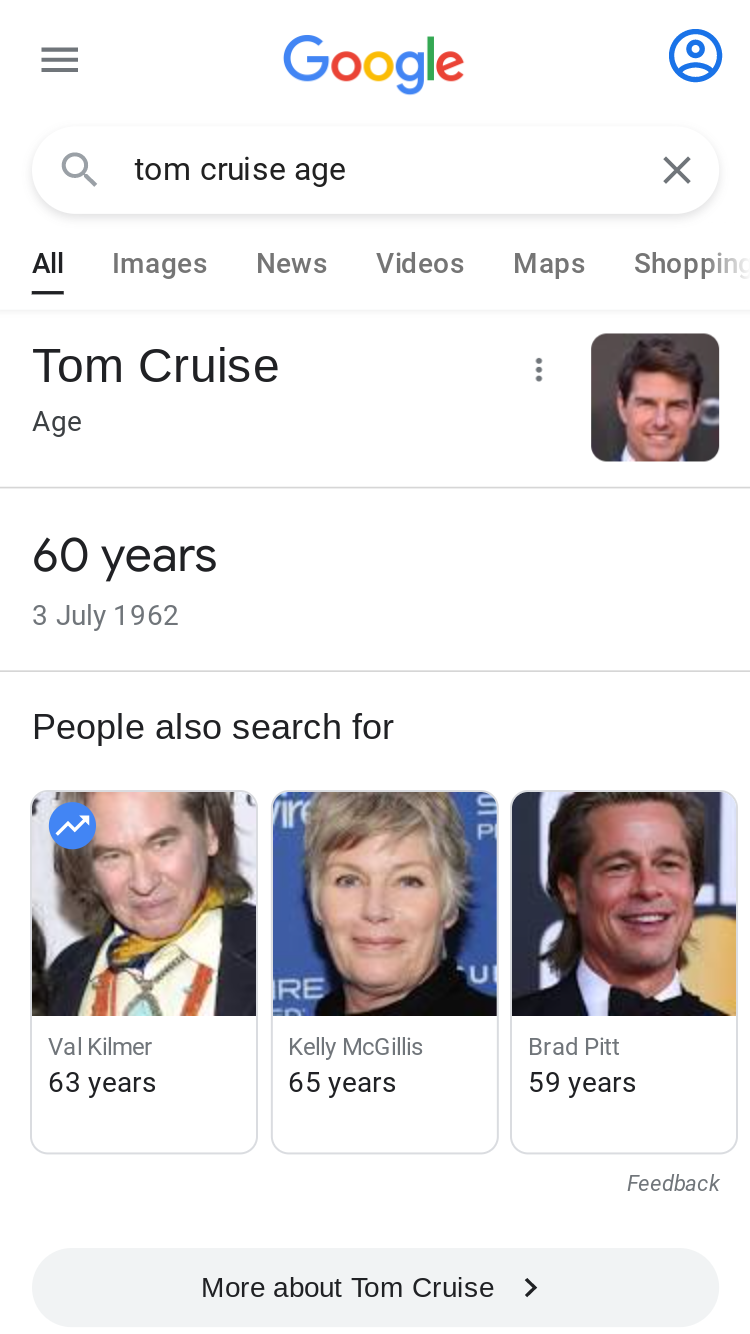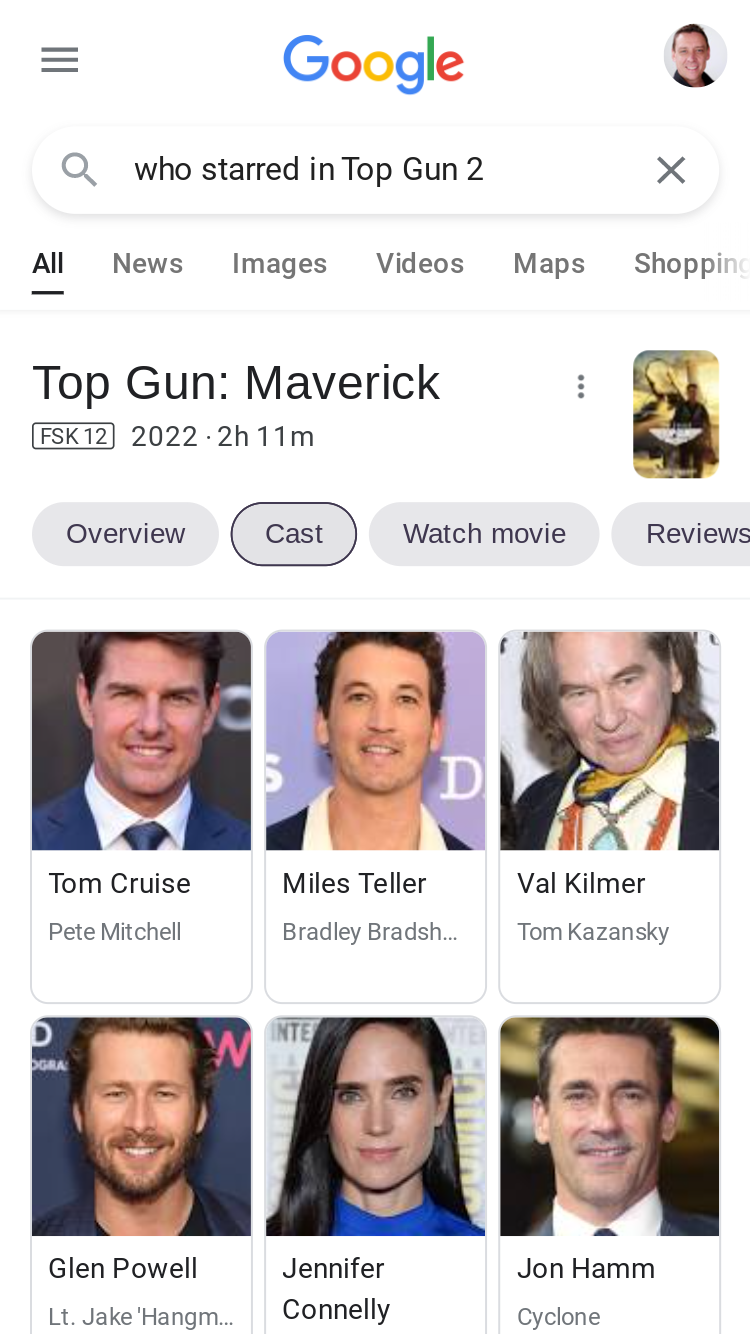Google mission is “to organize the world’s information and make it universally accessible and useful”. It’s in the Knowledge Graph that they sort and connect the view of all ‘things’. This post covers the basics of the Knowledge Graph and we include some of our data on how often it’s used directly in search results.
Introduction to Knowledge Graph
If you search Google for Danny DeVito’s height , Google will display the result directly above the organic hits: 1.47m. If you now search for the height of Danny DeVito in kilometers , Google knows how to answer the question correctly: 0.00147 km. This is possible because Google understands what the searcher expects and the information is stored in a structured way – in the Google Knowledge Graph.
What is the Knowledge Graph?
The Knowledge Graph is a system developed by Google that uses large amounts of data to understand relationships between entities, such as people, places, and things. It is used to improve search results by providing more relevant and accurate information to users. It also helps Google understand more about the world and the connections between different entities. The Knowledge Graph is a large database of interconnected data, which is constantly being updated and improved.
Results from the Knowledge Graph can sometimes be seen directly as features, or ‘knowledge panels’ in the search results.
What does a Knowledge panel look like?
The example below shows an example of how the knowledge graph is used to place information into a mobile search result.

And here’s another Tom Cruise connection:

How accurate is the Google Knowledge Graph?
The Knowledge Graph is generally considered to be highly reliable, as it draws upon data from a vast array of sources. However, as with any source of information, it is important to double-check the accuracy of information retrieved from the Knowledge Graph before relying on it.
Errors have been seen in the past. The six-legged horse is one example.
How often does the Knowledge Graph panel appear in search results?
In order to get an overview of the relevance of the Knowledge Graph, we examined one million keywords in Germany for the display of this feature. We found a Knowledge Graph integration for 35.1% of the checked keywords .
35.1% of the 1 million keywords checked included a Knowledge Graph panel in the search result.
But that number only tells half the story: Knowledge Graph integrations are typically seen on high- traffic search terms . The further a search goes in the direction of the long tail , the less often Google finds a suitable entity for the ad.
In a further analysis, we examined which entities in the German Google index have the most relationships. Similar to links, it can be assumed that many mentions / relationships will be seen by Google as a positive signal . The following list of the 30 entities with the most relationships is based on the analysis of more than 60 million keywords in Germany:
| Entity-ID | Entity name | Number of entries |
|---|---|---|
| /m/0345h | Deutschland | 49649 |
| /m/09c7w0 | USA | 31950 |
| /m/02hjn4 | Einzelspieler | 20525 |
| /m/0156q | Berlin | 20445 |
| /m/01z747 | Mehrspieler | 13781 |
| /m/02h6_6p | München | 13011 |
| /m/03hrz | Hamburg | 12537 |
| /m/04jpl | London | 11385 |
| /g/11bzslxqr8 | Pop (Musikrichtung) | 10941 |
| /m/0fhp9 | Wien | 10569 |
| /m/07ssc | Vereinigtes Königreich | 10248 |
| /m/02_286 | New York City | 10227 |
| /m/05qtj | Paris | 9361 |
| /m/0f8l9c | Frankreich | 8850 |
| /g/11bzsp6sd2 | Rock (Musikrichtung) | 7589 |
| /m/01v8c | Köln | 7318 |
| /m/030qb3t | Los Angeles | 7205 |
| /m/016qwt | Südtirol | 6593 |
| /m/03rjj | Italien | 6315 |
| /m/0jgqg | C++ | 5924 |
| /g/11bztb1q8h | Dance/Electronic (Musikrichtung) | 5889 |
| /m/06c62 | Rom | 5832 |
| /m/04sv4 | Microsoft | 5784 |
| /m/0mgkg | Amazon | 5604 |
| /m/01d8pr | H&M | 5505 |
| /m/0246n2 | Aldi | 5341 |
| /m/06csb7 | Commerzbank | 5207 |
| /m/02lc8s | Deutsche Bank | 5173 |
| /m/06mzp | Schweiz | 5030 |
| /m/0727_ | Stuttgart | 4967 |
In addition to country and city names, names for musical genres are often represented in this list. The entities whose internal designation starts with /m/ originate from the acquisition of Freebase, those with a designation of /g/ were added by Google itself.
The strongest brand is Microsoft , closely followed by Amazon , H&M , Aldi, Commerzbank and Deutsche Bank. So if you trust Google’s Knowledge Graph, the German banking system can’t be as badly off as the media assumes. You can see a full list of the top 1,000 entities in this Google Doc .
Conclusion
The Google Knowledge Graph is interesting from various points of view: In times of growing smartphone usage, the most obvious is certainly the “In-SERP optimization” , i.e. the improvement of the information displayed directly in the Google SERPs without the need for another click. Is all the data correct , does Google recognize correct relationships and display its own entity for the appropriate keywords?
The question of whether and how Google’s knowledge of entities and relationships also influences organic search results is more complex. Although it is obvious to assume such a connection in times of regular quality updates, there is still no clear evidence and statements from Google.
Knowledge Graph data is integrated into the SISTRIX toolbox.